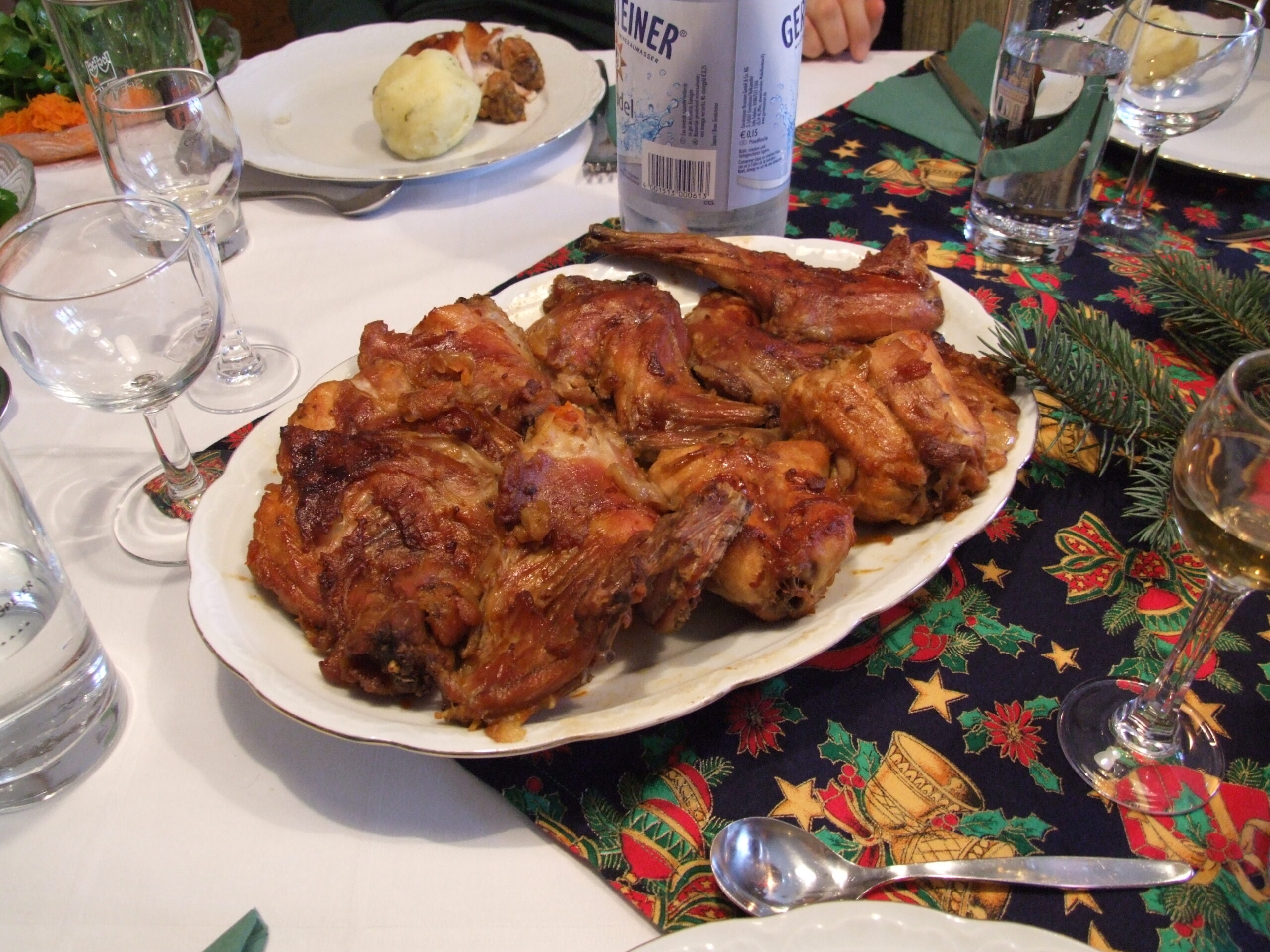Don’t Let Food Poisoning Crash Your Holiday Party!

Whether it’s a fast food burrito, or Aunt Sally’s leftover ham, nothing ruins the holiday faster than a bad case of food poisoning. Last week, Chipotle, a popular Mexican chain restaurant, admitted that E. Coli and norovirus were found in several of its restaurants. The viruses sickened over 130 people in 9 states over a three month period and forced the company to shut down several locations while they reevaluate their food safety procedures.
Sadly, foodborne illness is never far from the news. Each season seems to bring another outbreak, leading manufacturers, business owners, and customers to wonder if more could be done. This past summer alone, Jeni’s Ice Cream and Blue Bell Creamery shuttered factories and scoop shops due to an outbreak of Listeria, possibly carried into facilities from dairy farms. Other major companies, including Starbucks and Cost Co, have also experienced trouble, though thankfully both were able to catch the problem before it impacted consumers.
The CDC estimates that each year roughly 48 million people gets sick from a foodborne illness, 128,000 are hospitalized, and nearly 3,000 people die. According to recent studies, the most common foodborne illnesses are caused by norovirus and by the bacteria Salmonella. So how do you avoid these kitchen dangers? In the first part of our two part series, learn how identify and prevent three types of foodborne bacteria. Read on to learn more:
Norovirus
What it is: Norovirus is what we are usually talking about when we discuss food poisoning. Almost one half of all reported cases of food poisoning are related to this virus. An infection causes inflammation of the stomach and large intestine lining (gastroenteritis). Symptoms may include nausea, vomiting, watery diarrhea, and stomach cramps. To learn more about norovirus, visit WebMD.
How do you catch it: Noroviruses are hardy and contagious. They can survive in water, as well as in extreme environments. Once someone catches it, norovirus passes easily from person to person through shared food or utensils, or through simple physical contact, like a hug from Cousin Joe, or a handshake from your boss. As with most viruses, norovirus takes advantage of those with weaker immune systems, including the elderly or very young. Proper washing will help reduce some risk, but the CDC admits there are few things consumers can really do to protect themselves from noroviruses.
Conclusion:
The likelihood of catching norovirus from the veggie tray at your company’s Christmas party? Very real. Raw or undercooked oysters and raw fruits and vegetables are the usual culprits when it comes to this virus.
Listeria
What it is: Listeria is a bacteria found in soil and water and carried by some animals, including poultry and cattle. Raw milk and food processing facilities are typically affected. Symptoms may include fever, stiff neck, confusion, weakness, vomiting, and in the earliest stages, diarrhea. To learn more about Listeria, check out this article on foodsafety.org.
How do you catch it: Eating contaminated foods is the primary way to catch Listeria. Listeria can grow even in cold temperatures. The only way to kill the bacteria is through cooking and pasteurization. Those with compromised immune systems should avoid raw dairy, as well as lunch meat and certain cheeses.
Conclusion:
The likelihood of catching it from Grandma’s homemade pate? It’s possible. Ready-to-eat deli meats, meat or fish spreads (like pate), and soft cheeses are common sources of this virus.
E. Coli
What it is: Escherichia coli (E. coli) bacteria live in the intestines of normal, healthy people and animals. Most E. Coli are an important part of the body, while other types of E. Coli cause illness. The most common symptom of an E. Coli illness is diarrhea; if the intestines are very irritated, the stool may be bloody. Some strains of E. coli bacteria may also cause severe anemia or kidney failure, which can lead to death. Still others cause urinary tract infections. Find out more about E. Coli on the CDC Website.
How do you catch it: Illness-causing E. Coli is hard to prevent and easily transmitted. Typical sources include contaminated water or food, or contact with animals or persons. Not washing hands, surfaces, or utensils, cross contamination of food, and other careless food safety practices are common culprits.
Conclusion:
The likelihood of catching it from Mom’s holiday meatloaf? It could happen. Raw, unpasturized milk and juices, as well as ground beef, are often carriers of the E. Coli bacteria.
Biohazard Cleanup For Safety
For restaurants and food manufacturers, the threat of illness can be costly. As we’ve witnessed in the past few weeks, outbreaks lead to expensive fines and lawsuits. Fortunately, communicable disease and industrial biohazard cleanup are part of the specialty services offered by Aftermath Services LLC.
Few janitorial companies are equipped to handle the difficult process of biohazard cleanup, but Aftermath technicians are skilled at handling germs, bacteria, and viruses, including foodborne illnesses. They are also familiar with local, state, and federal regulations that may affect cleanup. We also back our services with a customer satisfaction guarantee. For this reason, we only treat viruses that we know we can eliminate 100%.
To learn more about biohazard cleaning, visit Aftermath online, or call 877-872-4339.
 877-872-4339
877-872-4339  Contact Us
Contact Us 






